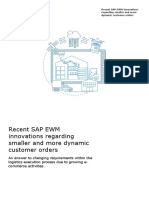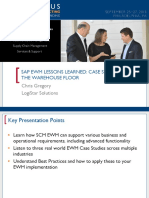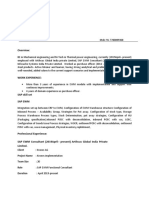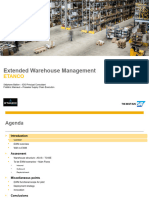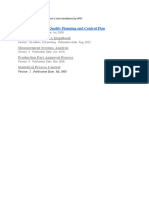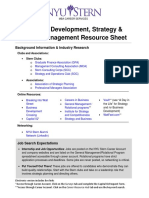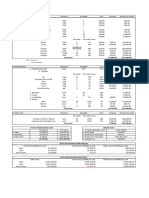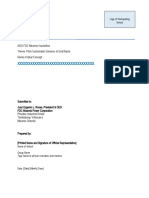0% found this document useful (0 votes)
39 views4 pagesKaizen 3
The document outlines various solutions to improve inventory management and warehouse efficiency using SAP EWM. Key improvements include automated reconciliation, optimized slotting, and enhanced picking processes, which collectively reduce operational delays and improve productivity. Each solution is accompanied by specific problems, benefits, and visuals to illustrate the proposed changes.
Uploaded by
Amit SaxenaCopyright
© © All Rights Reserved
We take content rights seriously. If you suspect this is your content, claim it here.
Available Formats
Download as DOCX, PDF, TXT or read online on Scribd
0% found this document useful (0 votes)
39 views4 pagesKaizen 3
The document outlines various solutions to improve inventory management and warehouse efficiency using SAP EWM. Key improvements include automated reconciliation, optimized slotting, and enhanced picking processes, which collectively reduce operational delays and improve productivity. Each solution is accompanied by specific problems, benefits, and visuals to illustrate the proposed changes.
Uploaded by
Amit SaxenaCopyright
© © All Rights Reserved
We take content rights seriously. If you suspect this is your content, claim it here.
Available Formats
Download as DOCX, PDF, TXT or read online on Scribd
/ 4












